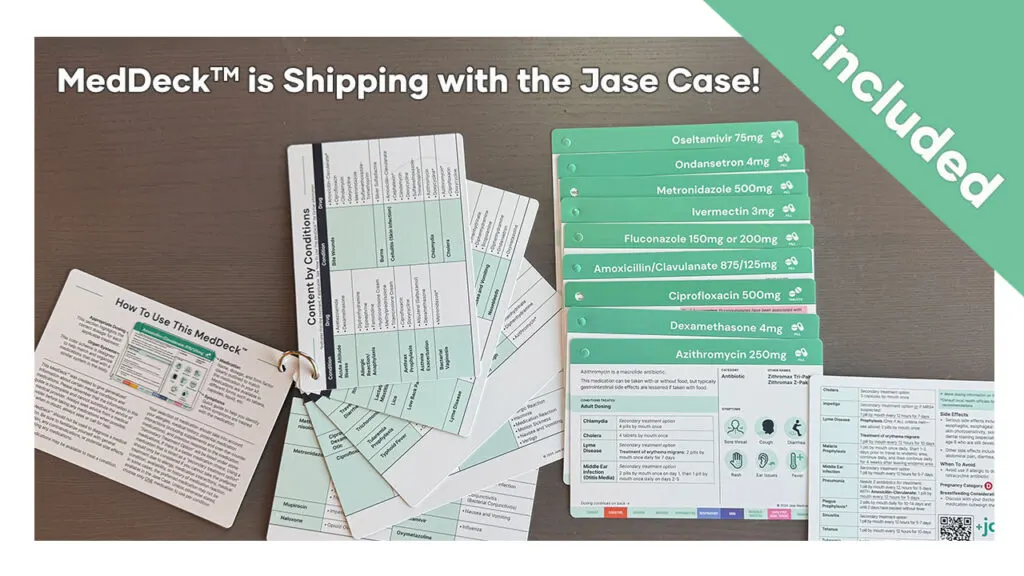For generations, natural remedies have been trusted to fight bacterial infections. Honey, garlic, and herbal salves have been used to heal wounds and soothe skin conditions. But while these remedies still have their place, our modern world has changed, making them less effective for certain infections than they once were.

Why Natural Remedies Don’t Work Like They Used To
Stronger, More Resistant Bacteria
- Overuse of antibiotics in medicine and agriculture has led to antibiotic-resistant bacteria (like MRSA) that natural treatments can’t handle alone.
- Decades ago, bacterial strains were weaker, and natural remedies had a better chance of working. Now, infections can be far more aggressive and resistant.
Toxic Exposure Weakens Our Defenses
- Our immune systems are compromised due to daily exposure to pesticides, heavy metals, microplastics, and industrial pollutants.
- Herbal remedies work best in a strong, healthy body. When the immune system is already overloaded, these treatments struggle to be as effective.
Nutrient-Depleted Soil Means Weaker Herbal Medicine
- Many medicinal plants today lack the potency of their historical counterparts because industrial farming has stripped the soil of vital minerals.
- This results in weaker herbal extracts that may not work as effectively against infections.
Despite these challenges, some natural remedies still have a role: especially for minor bacterial skin infections and as complementary treatments to modern medicine.
Natural Remedies for Bacterial Skin Infections
For mild infections, cuts, scrapes, and minor wounds, the following natural treatments may still be effective:
1. Raw Honey (Manuka Honey Preferred)
- Why it works: Naturally antibacterial due to hydrogen peroxide and methylglyoxal content.
- What it helps with: Minor cuts, scrapes, and mild infections.
- How to use it: Apply raw honey directly to the wound and cover with a bandage. Change every 12–24 hours.
2. Garlic (Allicin Extract)
- Why it works: Contains allicin, which has antibacterial properties.
- What it helps with: Minor infections, but not deep or severe ones.
- How to use it: Crush fresh garlic, mix with coconut oil, and apply as a topical treatment.
3. Tea Tree Oil
- Why it works: A natural antiseptic that fights Staphylococcus aureus and other bacteria.
- What it helps with: Acne, mild wounds, and fungal infections.
- How to use it: Dilute 3–5 drops in a carrier oil and apply to affected areas.
4. Oregano Oil
- Why it works: Contains carvacrol, a powerful antibacterial compound.
- What it helps with: Superficial infections and fungal overgrowth.
- How to use it: Mix a few drops with a carrier oil and apply lightly to the skin.
5. Colloidal Silver (Debatable but still used in prepping circles)
- Why it works: Some claim it disrupts bacterial cell walls.
- What it helps with: Surface wounds (but should not be ingested in large amounts).
- How to use it: Apply as a spray or gel to the affected area.
When Natural Remedies Aren’t Enough: The Case for Stocking Antibiotics
There’s a difference between treating minor infections naturally and relying on herbs to fight something deadly. If a serious bacterial infection develops, modern antibiotics are essential.
MRSA: A Real Threat That Natural Remedies Can’t Handle
Methicillin-Resistant Staphylococcus aureus (MRSA) is a prime example of a bacterial infection that won’t respond to natural treatments.
- MRSA is highly resistant to antibiotics and spreads aggressively.
- It starts as a skin infection (often mistaken for a boil or abscess) but can enter the bloodstream and become life-threatening.
- Natural remedies won’t stop MRSA once it gets severe: you need real antibiotics.
How to Know If You Have MRSA
Methicillin-Resistant Staphylococcus aureus (MRSA) often starts as a skin infection but can quickly escalate into a life-threatening condition if left untreated. Since MRSA is resistant to many common antibiotics, early detection is crucial.
Signs and Symptoms of MRSA
MRSA usually begins on the skin and may look like:
- Red, swollen, and painful bumps—similar to a boil or abscess.
- Warm to the touch—the infected area feels hot compared to the surrounding skin.
- Pus or drainage—often yellow or green with an unpleasant odor.
- Skin that looks like a spider bite—many mistake early MRSA infections for bug bites.
- Rapid spreading—the infection gets worse instead of healing.
If MRSA spreads deeper into the body, more severe symptoms can develop:
- ⚠ Fever and chills—a sign the infection is worsening.
- ⚠ Muscle aches and fatigue—the body is struggling to fight the bacteria.
- ⚠ Swollen lymph nodes—especially near the infection site.
- ⚠ Difficulty breathing, chest pain, or confusion—could indicate MRSA pneumonia or sepsis.
Stocking Doxycycline: A Preparedness Essential
For preppers and those serious about self-reliance, having access to emergency antibiotics can mean the difference between life and death.
- Doxycycline is one antibiotic that can treat MRSA in some cases.
- It is also effective for other infections, including Lyme disease, respiratory infections, and even anthrax exposure.
- If you don’t have it stocked, you’re gambling with a situation you may not control.
How to Legally Acquire Emergency Antibiotics
The Jase Case is an emergency antibiotic kit that gives you a supply of prescription medications for unexpected situations—whether it’s travel, supply chain disruptions, or just being prepared for medical emergencies.
use coupon code BUCKHORN (to save money)
Here’s how it works (United States and Canada)
Step 1: Place Your Order Online
- Visit the website and select the Jase Case.
- Fill out a short medical questionnaire about your health history—this is reviewed by a licensed doctor.
- The process is quick and easy—no in-person doctor visits needed.
Step 2: Doctor Review & Prescription Approval
- A U.S.-licensed physician will review your information to ensure the antibiotics are safe for you.
- If approved, the doctor writes a prescription for a set of essential antibiotics.
Step 3: Medications Are Shipped to You
- Your antibiotics are sent directly to your home from a licensed pharmacy.
- Shipping is fast and discreet, so you have your medications before you need them.
Step 4: You Now Have Emergency Antibiotics on Hand
- Your Jase Case includes a selection of antibiotics that cover common and serious infections—like pneumonia, skin infections (MRSA), traveler’s diarrhea, and more.
- You also get a MED DECK to help you know how to use each antibiotic properly.
Bonus: Refill & Support
Need a refill later? Jase Medical offers ongoing support to help with future prescriptions.
- If supply chains break down, you won’t have time to wait for a doctor’s appointment.
- Just like food, water, and security, medical preparedness is essential.

Final Thoughts: A Balanced Approach to Preparedness
✔ Natural remedies still have a place for mild infections and first-line care.
✔ Serious infections (like MRSA) demand real antibiotics.
✔ Stocking antibiotics like Doxycycline ensures you aren’t dependent on a fragile healthcare system when things go south.
In an uncertain world, being prepared for everything means having all the tools at your disposal—both natural and modern. Make sure you have the right ones when it matters most.

Micael
Monday 17th of November 2025
Is it true the meds are Generic brand…?
Kathy Davidson
Wednesday 28th of May 2025
I use oragano oil caps. I have allergies to penicillin products.
Dennis
Wednesday 12th of March 2025
Hi ROB, Just discovered your site fro a video on facebook. Looks great! One thing about MRSA, it is curable without any antibiotics with Chlorine Dioxide. - Watch this video - https://rumble.com/vm8dkf-chlorine-dioxide-the-universal-remedy-that-drug-companies-hate.html?fbclid=IwY2xjawI24zRleHRuA2FlbQIxMAABHY51gJZEUgDJW4Rrl9ToI5Y2UO1__EeWxCCIJW5LUKSnVwdhGgGdoGBz8A_aem_No7bM57e6YesWKA5ki1Iog It's available on Amazon - https://allonewellnessnow.com/collections/wps-water-purification-solution-cds-chlorine-dioxide. What are your thoughts about this. I haven't tried it yet but am going to order some. Thanks for you informative web site. Dennis
Rob Benson
Sunday 30th of March 2025
I'll check it out, thanks for sharing.